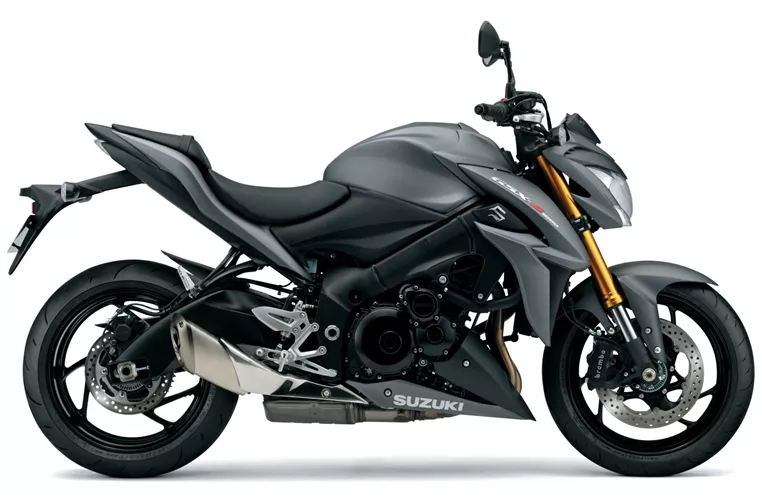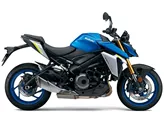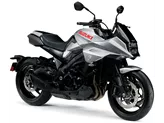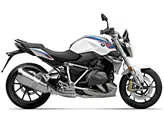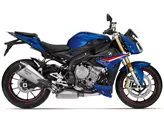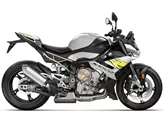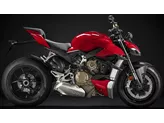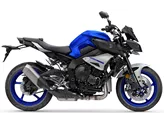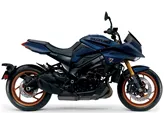BMW S 1000 R 2014 vs. Suzuki GSX-S1000 2015

BMW S 1000 R 2014

Suzuki GSX-S1000 2015
Overview - BMW S 1000 R 2014 vs Suzuki GSX-S1000 2015
The BMW S 1000 R 2014 and the Suzuki GSX-S1000 2015 are both naked bikes with similar engine types, displacements, and suspension systems. However, there are some notable differences between the two models.
In terms of engine power, the BMW S 1000 R 2014 has a slight advantage with 160 HP compared to the Suzuki GSX-S1000 2015's 149 HP. This extra power gives the BMW a more aggressive and sporty feel, making it ideal for those who enjoy high-performance riding. The BMW also has a higher torque of 112 Nm compared to the Suzuki's 106 Nm, providing better acceleration and responsiveness.
Both bikes have four cylinders and a displacement of 999 ccm, ensuring a smooth and powerful ride. The suspension systems on both models consist of upside-down telescopic forks at the front and swing arms with monoshock absorbers at the rear. This setup allows for excellent handling and stability, making them suitable for both city riding and long-distance journeys.

BMW S 1000 R 2014
In terms of braking, both bikes feature double disk brakes with four pistons at the front and radial technology. This ensures strong and reliable stopping power, giving riders confidence in their ability to control the bike. However, the Suzuki GSX-S1000 2015 has an advantage with the inclusion of ABS, providing an extra layer of safety and preventing wheel lock-up during sudden braking.
In terms of dimensions and weights, the Suzuki GSX-S1000 2015 has a slightly longer wheelbase of 1460 mm compared to the BMW S 1000 R 2014's 1439 mm. This may result in slightly different handling characteristics, with the Suzuki potentially offering more stability at higher speeds. Both bikes have a seat height of around 815 mm, making them suitable for riders of various heights.
In terms of weight, the BMW S 1000 R 2014 is slightly lighter at 207 kg compared to the Suzuki GSX-S1000 2015's 209 kg. This weight difference may not be significant, but it could potentially affect the bike's agility and maneuverability.
In terms of rider assistance systems, the BMW S 1000 R 2014 comes equipped with dynamic suspension, which helps optimize the bike's performance based on the riding conditions. This advanced system ensures a comfortable and controlled ride, especially on uneven surfaces. On the other hand, the Suzuki GSX-S1000 2015 only has ABS as its rider assistance system, providing basic safety features.

Suzuki GSX-S1000 2015
In terms of strengths, the BMW S 1000 R 2014 offers a sporty chassis, extreme power and performance, excellent electronic helpers, and a terrific price/performance ratio. It is fast and comfortable on both racetracks and country roads. The Suzuki GSX-S1000 2015, on the other hand, boasts a legendary Suzuki engine with a sharp sound, rev-happy nature, pleasing design, strong brakes, and a taut chassis. It also does not compromise on performance.
In terms of weaknesses, the BMW S 1000 R 2014 has a slightly rough engine running and a seat that is relatively high, which may not be suitable for shorter riders. It also tempts riders to overdrive due to its power and performance. The design of the BMW is subjective and may not appeal to everyone's taste. The Suzuki GSX-S1000 2015, on the other hand, is based on an older platform and may not offer the same level of performance in the higher rev range. It may also experience load change issues.
Overall, both the BMW S 1000 R 2014 and the Suzuki GSX-S1000 2015 are capable naked bikes with their own unique strengths and weaknesses. The BMW offers more power and advanced rider assistance systems, while the Suzuki provides a legendary engine and a pleasing design. Ultimately, the choice between the two will depend on the rider's preferences and priorities.
Technical Specifications BMW S 1000 R 2014 compared to Suzuki GSX-S1000 2015
Pros and Cons in comparison
Pros and Cons in comparison
BMW S 1000 R 2014
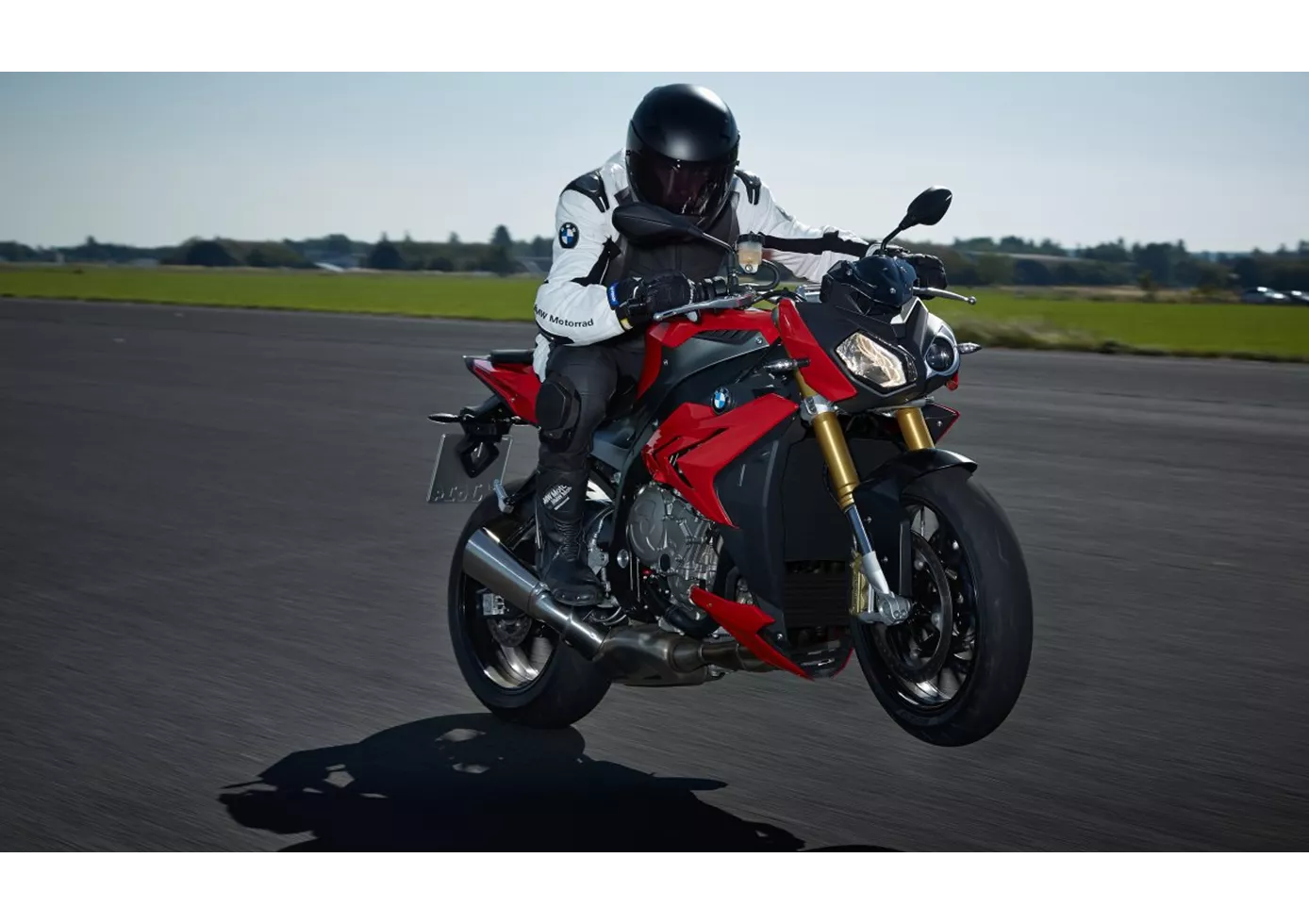
Brutal power, smooth, almost perfect, electronics, it only gets better with the HP4. Now BMW dominates the 1000cc naked bike class after the superbikes.
Suzuki GSX-S1000 2015

The GSX-S1000 is an honest motorbike in terms of performance and handling. You get even more than stated on paper, but you have to get the four-in-line up to speed first. As a rider, you have the feeling that you are still in command, even if the GSX-S is no longer completely without standard riding assistance systems - which work extremely well. Contact with the road feels direct, the dynamics are precise and transparent. Not only in terms of design can this naked bike give pleasure for many years to come, the somewhat outdated basis is quickly forgotten.
Price Comparison Avarage Market Price BMW S 1000 R vs Suzuki GSX-S1000
There are a few key differences between a BMW S 1000 R 2014 and a Suzuki GSX-S1000 2015. In terms of price, the actual average price of a BMW S 1000 R 2014 is about 30% higher. Compared to Suzuki GSX-S1000 2015 there are more BMW S 1000 R 2014 bikes available on the 1000PS.de Marketplace, specifically 19 compared to 6. It takes less time to sell a BMW S 1000 R with 70 days compared to 86 days for a Suzuki GSX-S1000. Since model year 2014 1000PS.de editors have written 62 reviews for the BMW S 1000 R and 36 reviews for the Suzuki GSX-S1000 since model year 2015. The first review for the BMW S 1000 R was published on 03/11/2013 and now has more than 17,300 views. This compares to more than 17,100 views for the first review on Suzuki GSX-S1000 published on 27/09/2014.



